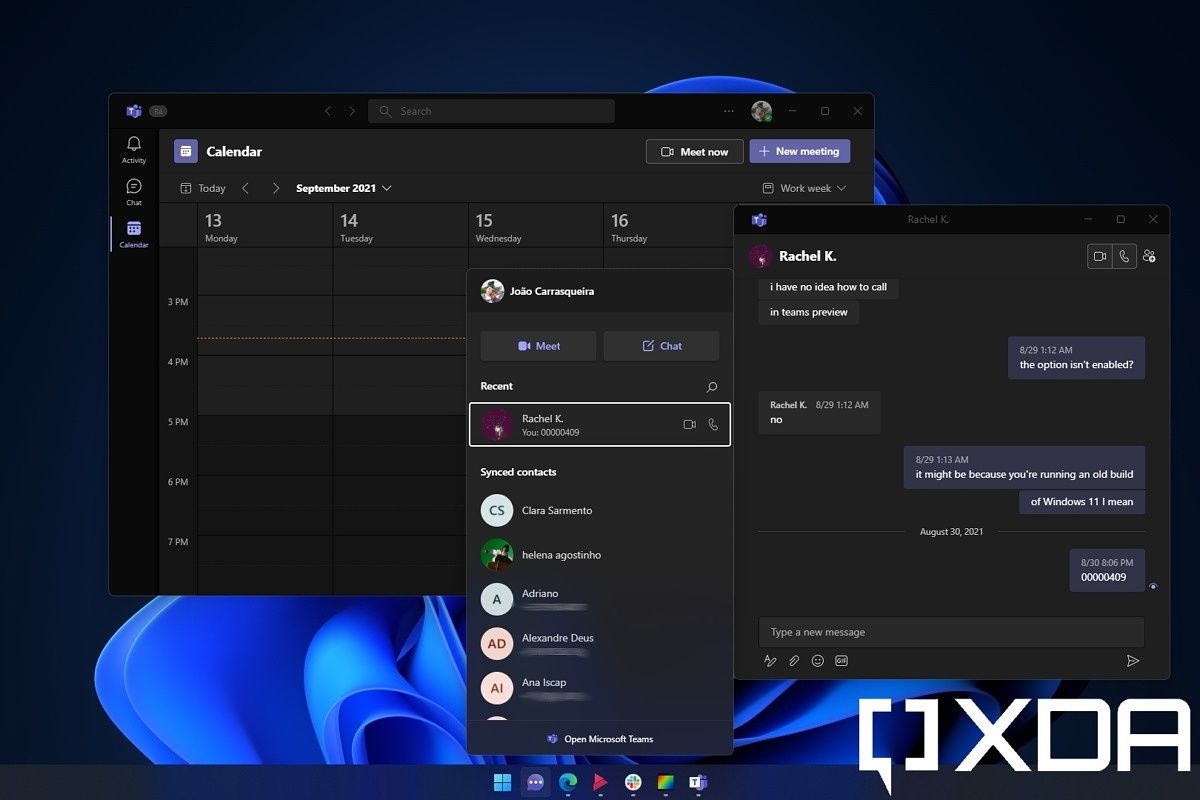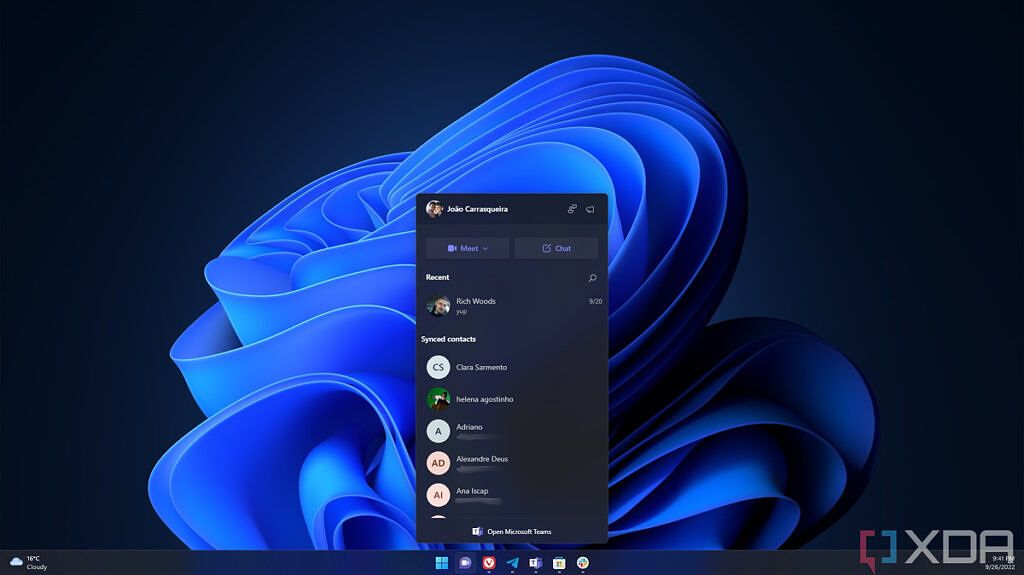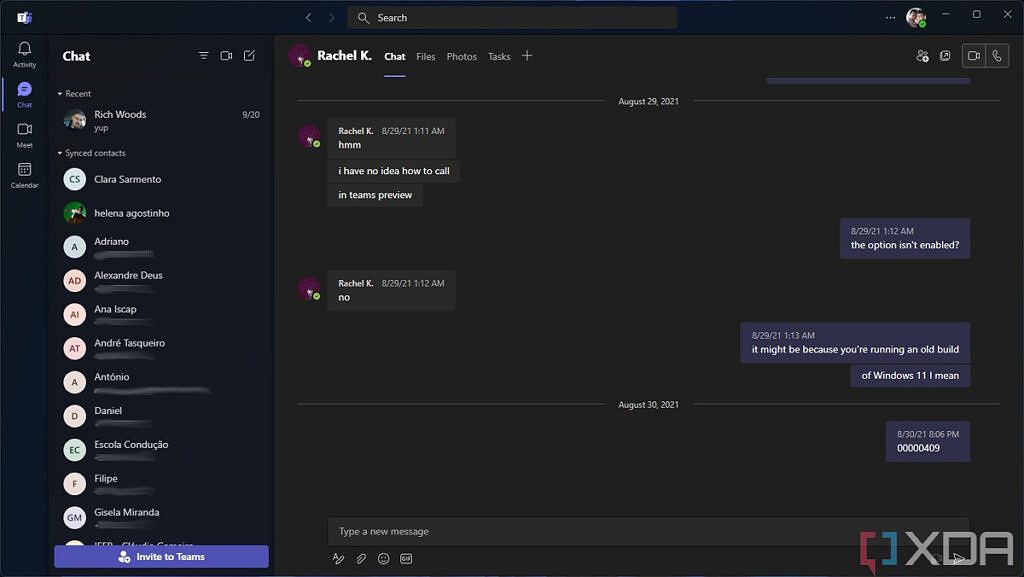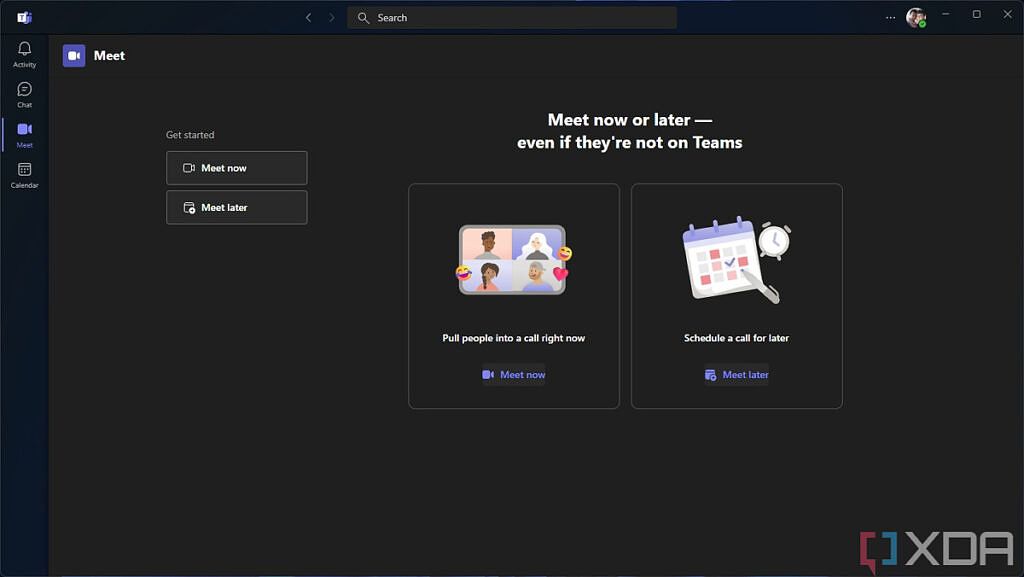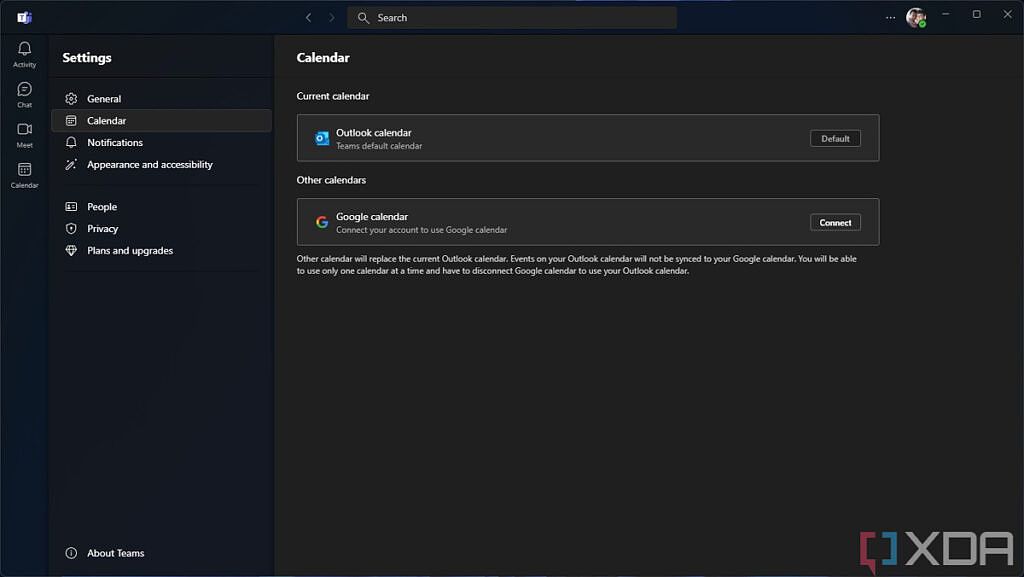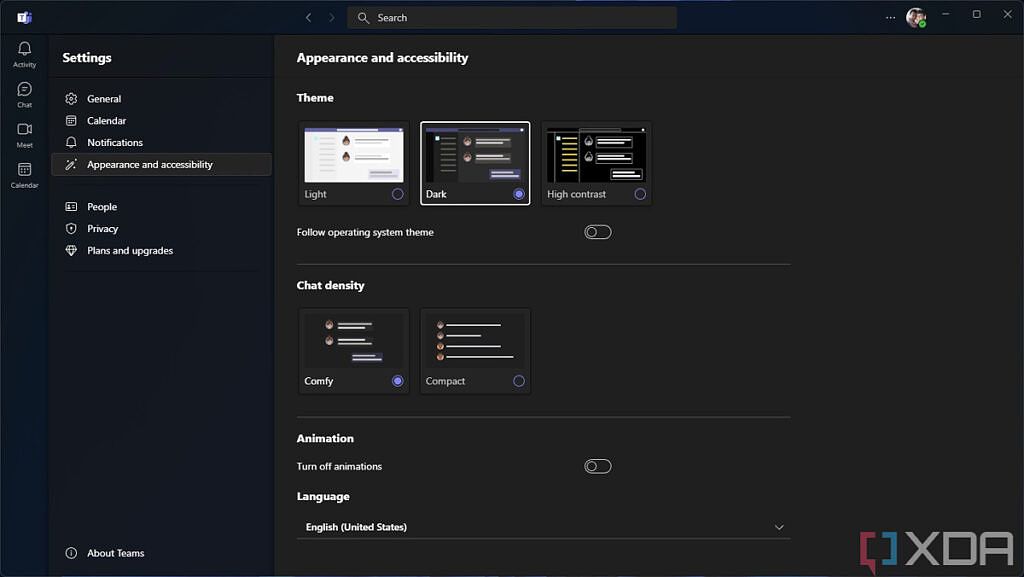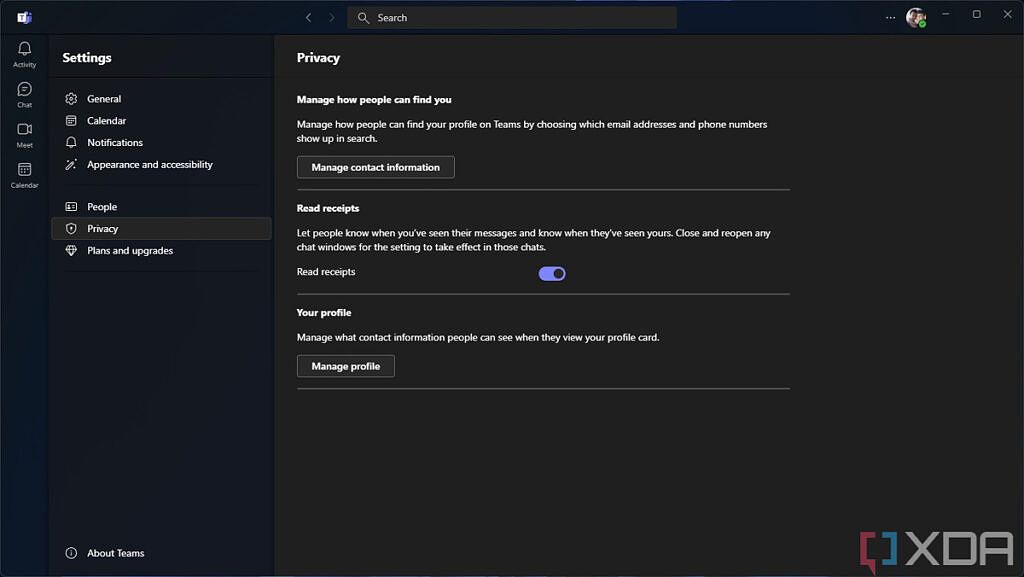It's been about a year since Microsoft introduced Windows 11, but to many of us, it's still a very new experience. Many people may not have been able to upgrade when it first launched, so if you're still getting to grips with the new OS, we're here to help. We're going to be taking a look at the many new features added in Windows 11, and this time, we're looking at Chat with Microsoft Teams. This is a personal favorite feature for me, so it's a pretty exciting addition.
Microsoft Teams has been around for a while, but it's only recently become a consumer-oriented product. The Windows 11 version has received some improvements since the initial launch of Windows 11, but for the most part, it's remained very similar.
Microsoft Teams on the Windows 11 taskbar
It's hard to miss the new Chat feature powered by Teams on Windows 11 because it lives right on your taskbar. When you first start up Windows 11, you'll see the Chat icon -- a speech bubble with a camera icon inside -- which is your shortcut to your Teams contacts and chats.
This is the big new thing that the Chat feature brings compared to standard Teams. On Windows 10, if you want to see your Teams chats, you open Teams. Here, you can click the Chat icon and you get a compact flyout showing you your recent conversations, as well as all your contacts. From here, you can click on a contact to open the conversation, or immediately start a call, whether that be voice or video. You can also start a new group chat or meeting with the links at the top.
If you've never used Teams, you may need to set up your profile, such as how you want to show up and whether you want to sync your contacts from Skype and Outlook. This will bring all your contacts into view, even if they don't have Teams yet, and you can invite them to join the service. You can always enable or disable this in the app's settings.
When you open a chat or call this way, each conversation opens in its own window, so you don't have the contact/chat list taking up space in the window. If you want the full Teams experience, you can open the Teams app from the Chat pane, too. The full app will feel very familiar, but it's pretty different at the same time.
The new Microsoft Teams
The new Microsoft Teams app may look familiar at first, but there's actually quite a bit going on here. For starters, you'll notice some UI tweaks throughout the entire interface. There are new icons and small UI tweaks everywhere, some of the colors are different (with less of an emphasis on Teams' signature purple color), and it aligns more with the standard Windows 11 design language than the previous Teams app. Since the initial debut of this app, some tweaks have been made. It now has a translucency effect for parts of the UI, some buttons have been moved around slightly, and others have changed color.
The most notable change that's been added since the Windows 11 launch is the new Meet tab, which makes it easier to start a new meeting or schedule one for later. This is a feature that's also available in the business version of Teams, but it wasn't there in this new version at launch.
The big changes are under the hood. The previous Microsoft Teams app was based on Electron, which is a framework designed to help build desktop apps using web technologies, as well as Angular. As it makes it easier to bring a lot of web experiences to the desktop, Electron is fairly popular, but it's also infamous for its performance overhead. This new version of Teams is still based on the web app, but it uses Edge WebView2, and Angular has been fully replaced with ReactJS. According to Rish Tandon, a Microsoft engineer who worked on this version of Teams, it uses half as much memory as the previous version used for the same consumer account.
You still get pretty much the full set of Teams features, though. You can chat, send files, emoji, and GIFs, as well as video clips recorded directly in Teams to other users, and participate in 1-on-1 or group calls. Each chat has tabs for shared files, photos, and tasks, so all the important information in a conversation is always available.
One of the most notable limitations is that you can only have one account at a time, and it has to be a personal account. Of course, this is a version of Teams meant for general consumers, not business users, but if you also have a corporate Teams account, you'll need to use the classic Teams app.
Microsoft Teams settings
If you want to change anything about how Microsoft Teams behaves, you can head into the app's settings (click the elipsis icon next to your profile picture, then choose Settings). There are some useful options here, so we're going to take a look at them. To access the Teams settings, click the ellipsis icon next to your profile picture, then choose Settings. There are seven categories -- General, Calendar, Notifications, Appearance and Accessibility, People, Privacy and Plans and upgrades.
General only has one setting for now, and it lets you choose whether Teams should start automatically when you turn on your PC. This will allow you to get notifications more seamlessly, but if you don't use Teams, disabling this may save you some system resources.
The Calendar section lets you choose whether you want to use the Outlook calendar from your Microsoft account or bring in a Google calendar to help you manage your meetings. You have to choose one or the other, not both at the same time.
The Notifications settings are also fairly basic because Teams notifications use the Windows native notification system. However, you can choose whether you want notifications to show a preview of the message, as well as how each type of notification -- new messages, @mentions, or likes -- is displayed in the app.
The Appearance and Accessibility section lets you choose between light, dark, or high contrast themes, and you can choose to turn off animations to improve performance. You can also change the display language of Teams here.
In the People section, you can manage your synced contacts from sources such as your phone, Google or iCloud accounts, Outlook, and Skype. You can also manage your list of blocked users here. Most of these options were moved from the Privacy section, which now houses the ability to manage how other people can find you on Teams, what information they can see in your profile, and enable or disable read receipts for messages.
As for Plans and upgrades, it's home to a pretty big change, because Microsoft has recently introduced premium benefits for Teams users with a Microsoft 365 subscription. This lets you have meetings that last up to 60 hours and have up to 300 people in a single meeting.
Finally, there's the About section, which lets you see what version of the app you have and check for updates.
As I mentioned at the top, this is one of my personal favorite new features in Windows 11, as I use Teams frequently for video calls. This makes it easier than ever to access your contacts and get in touch, and the performance improvements are very welcome coming from Windows 10. There haven't been huge changes since Windows 11 made its debut, but Chat with Microsoft Teams is still something I use almost daily.
If you also want to try the new app and other new Windows 11 features, you'll need to make sure you meet the system requirements for Windows 11. We also have a list of all the PCs that will support the Windows 11 upgrade, if you want to check that way. If you're interested in what else is new in Windows 11, check out everything that's changed with the Windows 11 2022 Update that was recently released.

